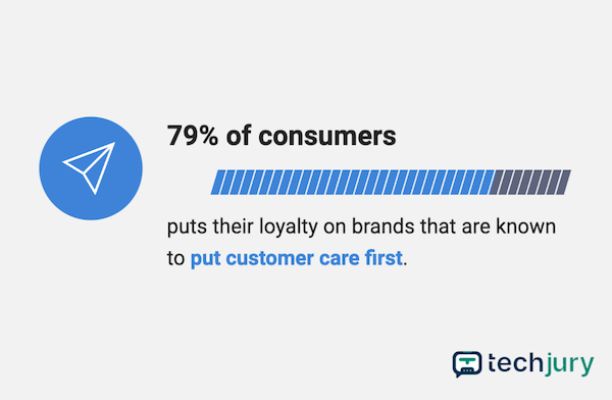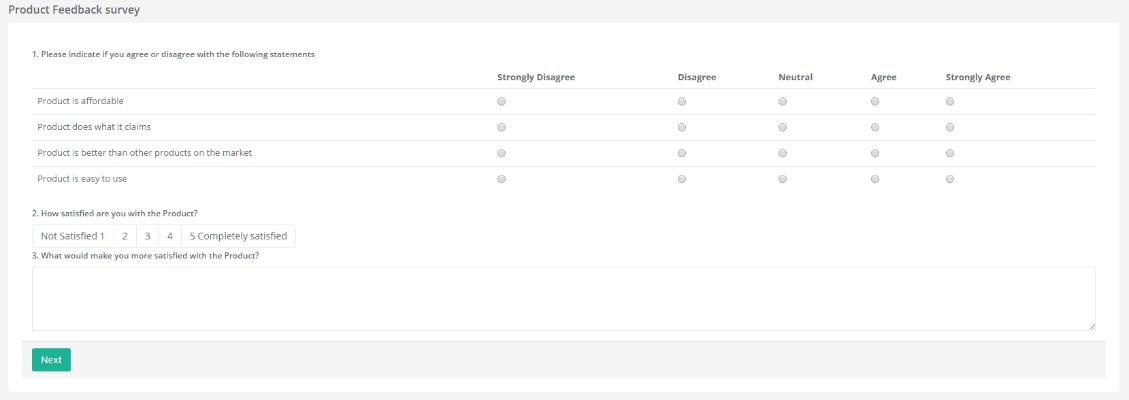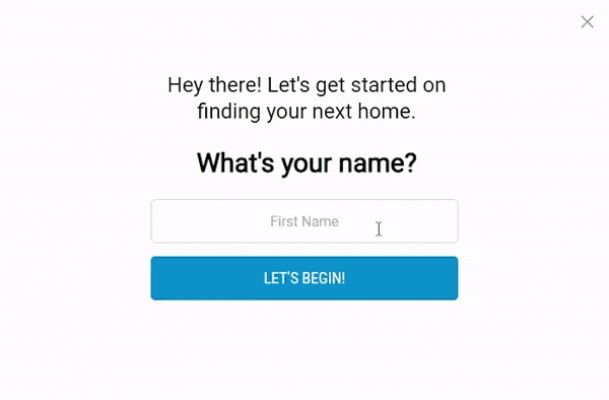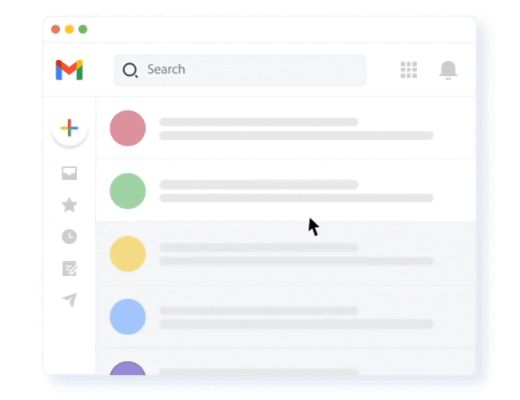

Updated · Feb 11, 2024
Updated · Aug 02, 2023
As a future manager and lifelong student, I am a Management scholar at Vedica, passionate about prob... | See full bio
Florence is a dedicated wordsmith on a mission to make technology-related topics easy-to-understand.... | See full bio
A marketing team at a fast-growing e-commerce startup is facing a critical challenge – declining user engagement and increasing customer churn. Feeling perplexed and unsure how to tackle this issue, they know they need a game-changing strategy to turn the tide.
That's when they hear about the transformative power of zero-party data.
Intrigued, the team implemented a quick and friendly data form within their communications and into their product/panel/dashboard, allowing users to share their preferences and interests voluntarily.
Then, the marketing team hit upon a goldmine of personalized insights about their users, enabling them to tailor their marketing campaigns to individual needs. Once the customized campaigns roll out, the results are remarkable.
Things get turned on their head. User engagement shot to an all-time high, and churn rates started dwindling.
If this story piques your interest, read on. We will decipher the how's and why’s of the transformation that gave a new lease of life to their marketing campaigns and brought increased conversion as well as a higher ROI.
|
Key Takeaways
|
Zero-party data refers to information willingly and intentionally shared by customers with brands. It can include preferences, purchase intentions, personal data, etc.
Consider this: You are meeting your customer in person. Naturally, you would want to use that time to ask questions and initiate conversations to understand their preferences and interests.
When you foster such interactions with customers, data collection, marketing, and interactions transform into meaningful conversations rather than one-way pitching of products and services.
You start getting to know your users better. This shift in perspective gives you specialized data that improves your business and makes customers feel valued.
A survey by Accenture depicts that 91% of consumers are more likely to shop from brands that provide relevant recommendations and offers.
Zero-party data transforms how businesses engage online customers and encourage robust engagement, retention, and loyalty of shoppers.
Here are a few reasons to start thinking about zero-party data today!
Zero-party data removes the guesswork while defining audience segments. It helps to create a personalized experience while respecting users' privacy.
Here are the top five reasons to consider collecting zero-party data:
1. Improved personalization: According to a study by SmarterHQ, 72% of consumers say they will only engage with personalized marketing messages.

Leveraging zero-party data allows businesses to gather explicit preferences directly from customers, leading to better personalization and increased engagement.
2. Higher ROI on marketing campaigns: A report by Epsilon revealed that 80% of consumers are more likely to purchase when brands offer personalized experiences.

By using insights from zero-party data to tailor marketing campaigns, businesses can achieve higher conversion rates and increased return on investment (ROI).
3. Facilitates sustainable growth: In a study by Wunderman, 79% of consumers said they are more loyal to brands that understand and care about them.

Zero-party data helps understand your customer preferences and needs to lead to better customer retention and reduced churn rates.
4. Increased customer trust: A survey by Salesforce found that 92% of customers are more likely to trust a brand with their data if they have control over how it's used.

Businesses can build customer trust by obtaining zero-party data through transparent and value-driven interactions.
5. Enhanced products and services: Zero-party data provides valuable insights into customers' preferences, pain points, and expectations.
Businesses can use this data to develop or improve products and services to align closer with customer needs. The results lead to higher satisfaction rates and positive word-of-mouth.
Collecting zero-party data in the right way takes work. Due to rising cybercrimes and masquerade attacks, consumers are more cautious about sharing personal information.
Furthermore, regulations like GDPR and CCPA have imposed stricter requirements for obtaining explicit consent, making it even harder for brands to gather data.
If you want to ensure your data collection strategy is on-point, below are a few ways to help you strike a meaningful conversation with your customers and prospects.
When a customer downloads your app or subscribes to your newsletter, it is a great way to collect zero-party data. You can ask them questions like:

Source: Hopetambala
After a customer completes a transaction, take that as an opportunity to gather zero-party data. Give satisfaction surveys to collect more information about your products or services.
Use questions like "How did you hear about us?" The responses will help you understand which marketing channels work better than others.
You can also ask, "What kind of emails or recommendations would you want to receive in the future?" The answers will enable you to send content they like and look forward to interacting with.

Source: Feedier
There are different ways to gather zero-party data for every type of business.
For SaaS businesses, integrating a user-friendly and efficient form directly into your product can provide invaluable insights into trial users, preventing churn proactively.
You can include questions like:
These questions identify specific features that resonate with different customer segments, usage patterns, feature performance, and pain points to prioritize product enhancements.

Source: React.js Examples
An effective zero-party data strategy means being able to ask for critical qualifying information from your visitor.
To do this, you can build a product/job recommendation quiz funnel and use questions like:
Narrow the questions down to your business offerings. The responses will help in targeted assistance, lead generation, enhanced sales opportunities, and business outcomes.

Source: Digioh
Emails are another great way to gather valuable zero-party data. With AMP email technology, brands can embed forms, interactive quizzes, gamification, and more within emails. They encourage users to engage and fill in the information quickly and easily.
Questions in the email should send tailored messages and discount offers on a special day, fostering long-term loyalty and advocacy for the brand. You can use questions like:

Source: Netcore Cloud
Users love to get discount coupons, vouchers, and gift cards. Offering one becomes an exciting way to get zero-party data in exchange.
Ask your consumer questions like "What is your skin type/ hair type/body type?" (if you are in the line of cosmetics or health). Having the buyers "Tag friends and family" will help you get details about their connections as well.
Contests offer an opportunity to grow the customer database and enrich customer profiles for more effective marketing.

Source: Canva
Now that you know how to collect zero-party data, it's time to leverage it to the fullest to stay ahead of the competition. Here’s how you can make meaning out of the gathered data and craft your marketing strategy:
Getting zero-party data is challenging. Initially, you may only have a small sample. However, if you follow the suggestions given above, you will be able to gather enough information to spot patterns.
|
📁Example If you directly ask users how they discovered your brand, the answers will provide valuable insights into the effectiveness of your TV ads, billboards, and content marketing. |
You can make an argument from the gathered zero-party data for redistributing your marketing budget and revisiting your marketing strategy.
Also, you can create audience cohorts based on preferences or goals to assess Customer Lifetime Value, loyalty, or propensity to churn.
Ensure that all the zero-party data you collect is instantly synced to the platforms you use to manage your email and SMS marketing automation and campaign platform.
Once the gathered zero-party data is in your marketing platforms, you can personalize your workflows to send content based on users’ essential information.
|
✅ Pro Tip Build omnichannel campaigns to provide recipients with a complete experience and consistent communication on multiple levels. |
Gradually collecting additional layers of zero-party data through follow-up interactions with customers helps brands better understand their audiences' changing needs and priorities.
|
📁Example Ask a customer what they intend to use the product for or their goals. Also, inquire about for whom they bought a particular product and whether they'd like to repurchase. |
The questions in the example are follow-up questions that can help deliver relevant content about customer intent.
Gathering zero-party data with constant follow-ups minimizes wasted effort on campaigns based on past purchases.
AI algorithms can utilize zero-party data and historical customer information to predict future behavior and preferences. This lets businesses anticipate customer needs and proactively engage them with relevant offers.
Also, AI-powered sentiment analysis can extract insights from customer feedback obtained through zero-party data. It helps businesses to address concerns promptly and improve overall satisfaction.
|
📝 Note Brands can also build AI-driven chatbots that use zero-party data to provide quick, personalized support to customers. Chatbots can offer more tailored assistance and resolutions by understanding customer preferences and past interactions. |
Zero-party data represents an untapped goldmine for businesses in today's data-driven landscape.
As data privacy regulations evolve, companies must ensure that they obtain and use zero-party data in a compliant and ethical manner to maintain customer trust and achieve long-term success.
Respect for user privacy must be a priority when implementing zero-party data strategies, as it will mitigate the risks associated with data breaches or non-compliance.
Several privacy laws and regulations govern data collection practices to ensure businesses uphold user rights and maintain data integrity. Some of these laws include:
Upholding privacy laws ensures legal adherence and fosters a responsible and respectful approach to data collection in today's digital age.
It's important to note that the success derived from leveraging zero-party data can vary depending on each business's specific strategies and approaches.
Zero-party data can be limited as it relies solely on consumer participation. Businesses should always come up with strategies to make the collection process engaging in order to gain sufficient information.
First-party data refers to any piece of information that the company collects directly from its consumers using its own sources. It can be through purchase history, consumer’s app or site behavior, contact forms, and more.
Marketers should know that zero-party data is a company’s direct communication with its customers. It is a more effective basis for insights compared to hypotheses and deductions.
Your email address will not be published.
Updated · Feb 11, 2024
Updated · Feb 11, 2024
Updated · Feb 08, 2024
Updated · Feb 05, 2024



